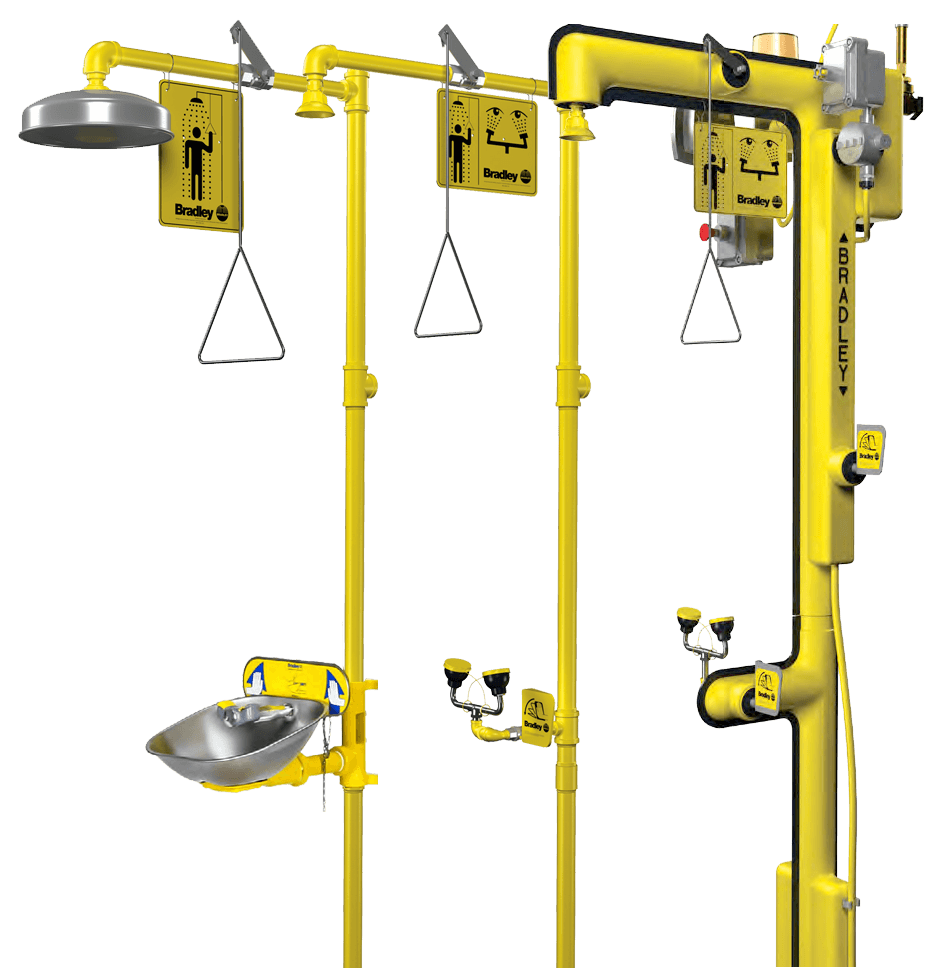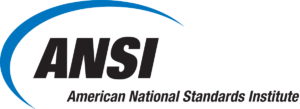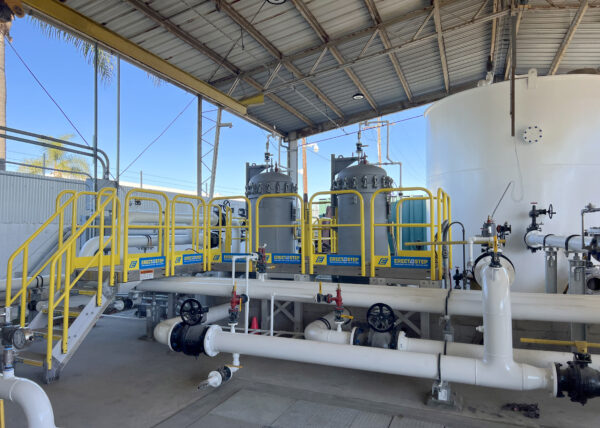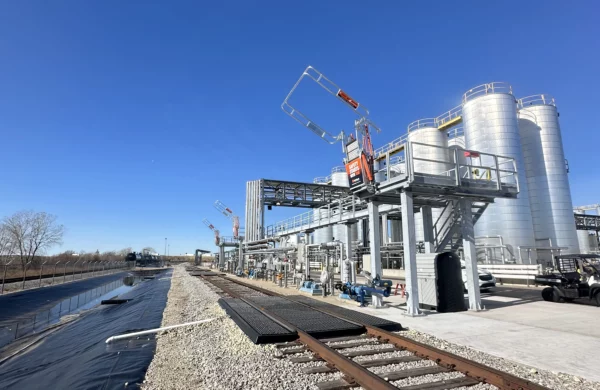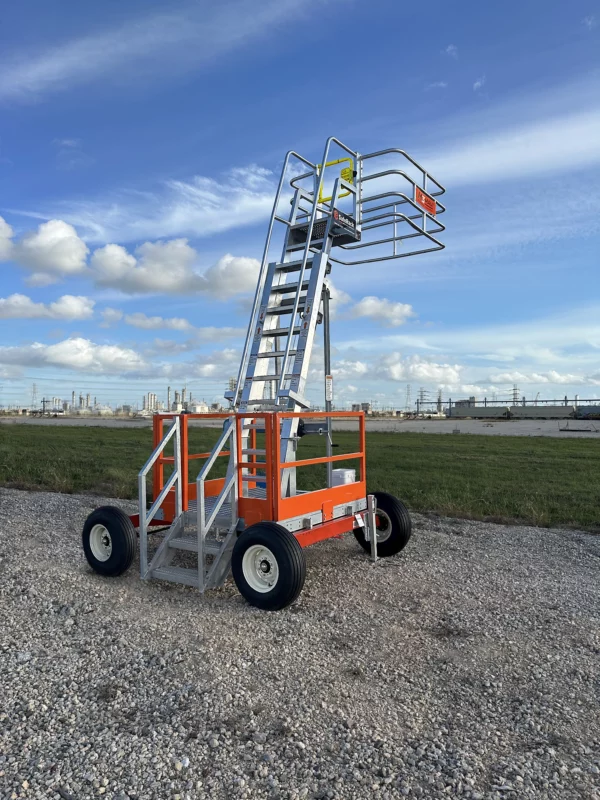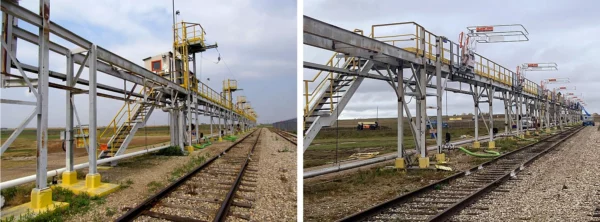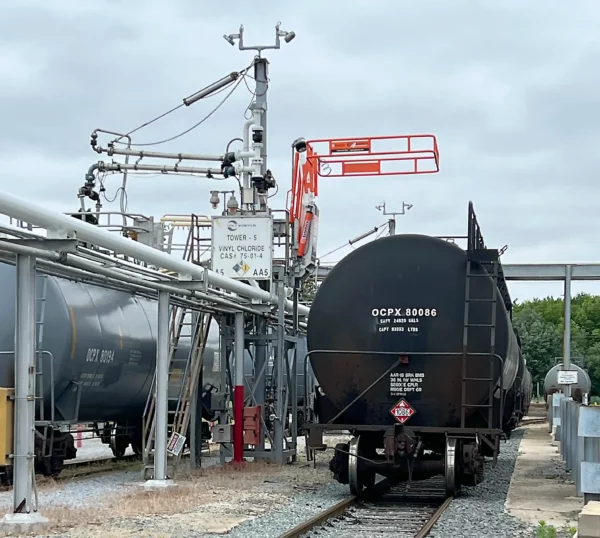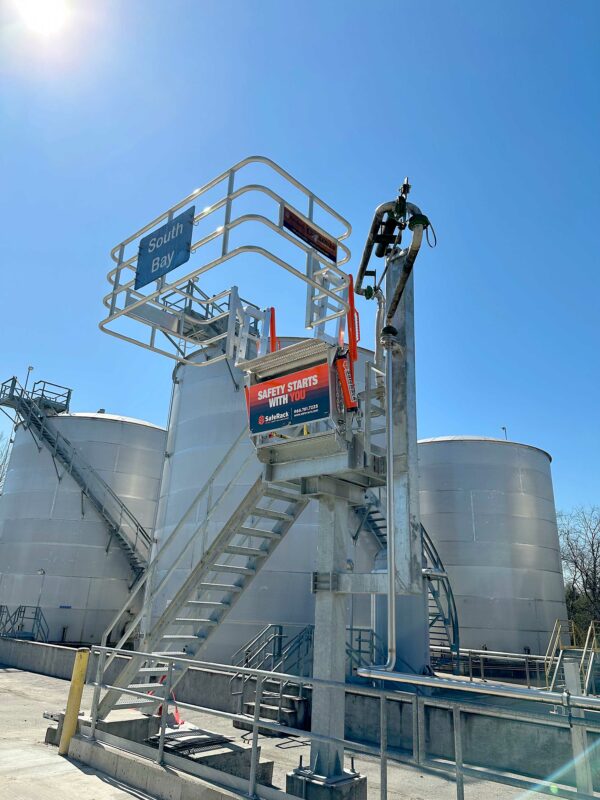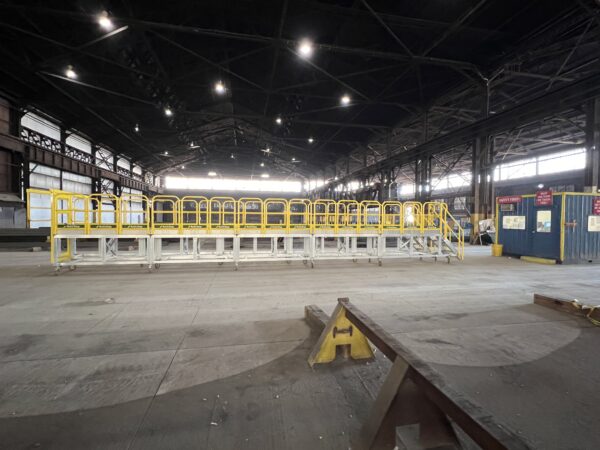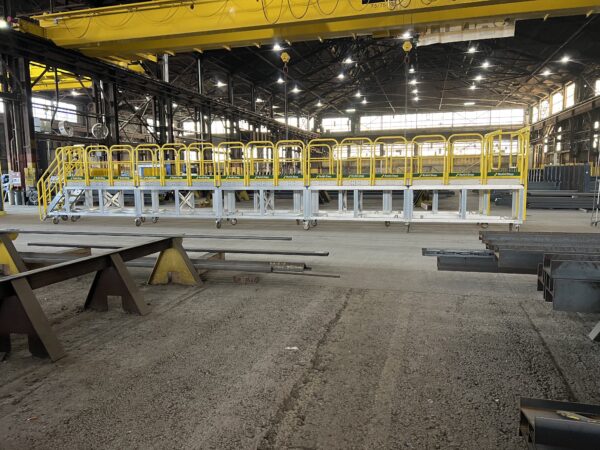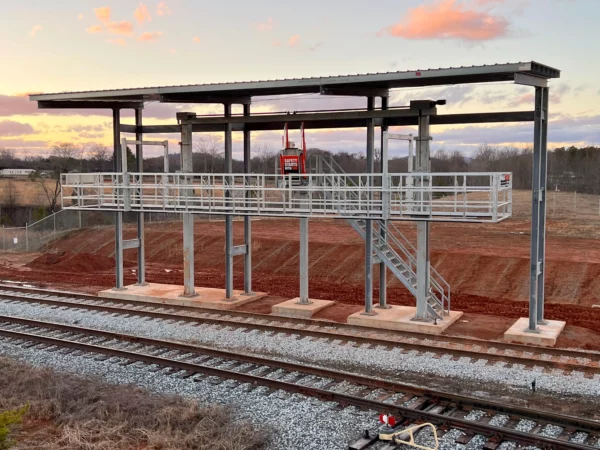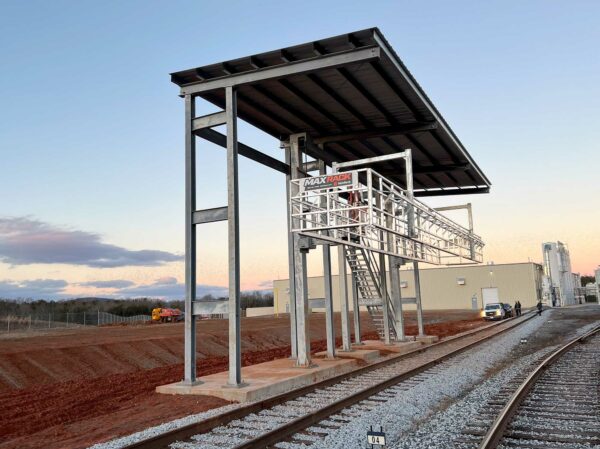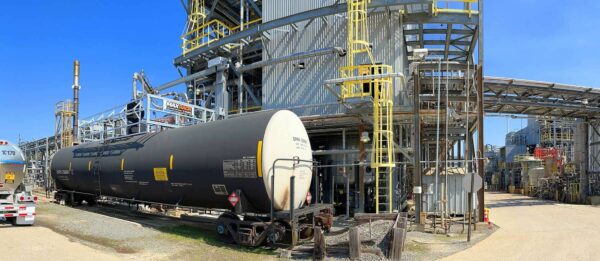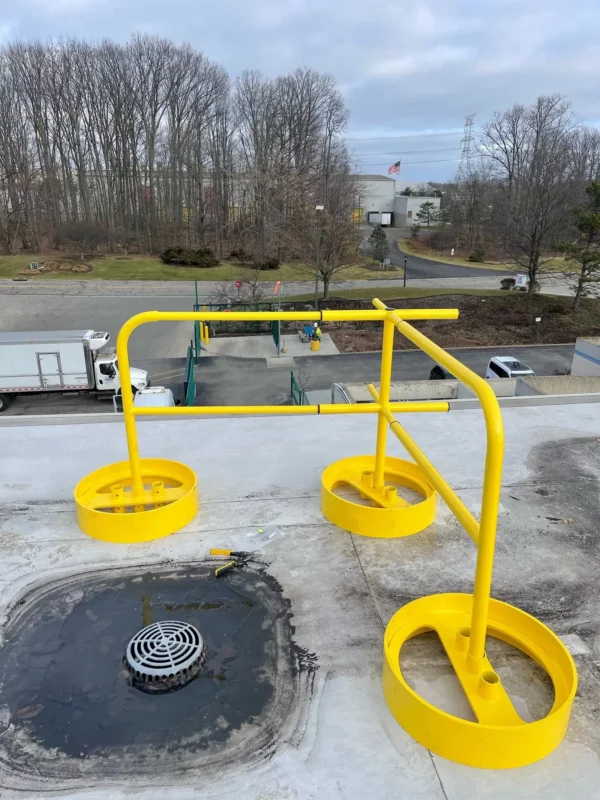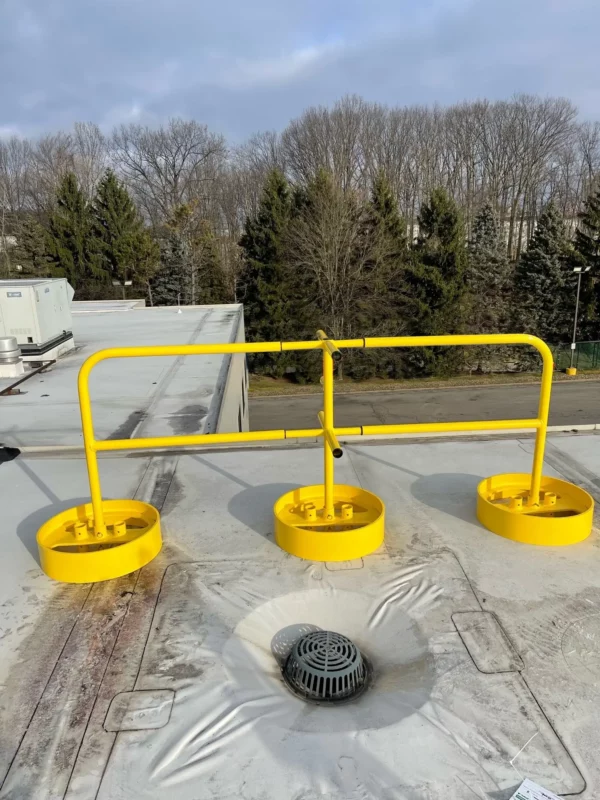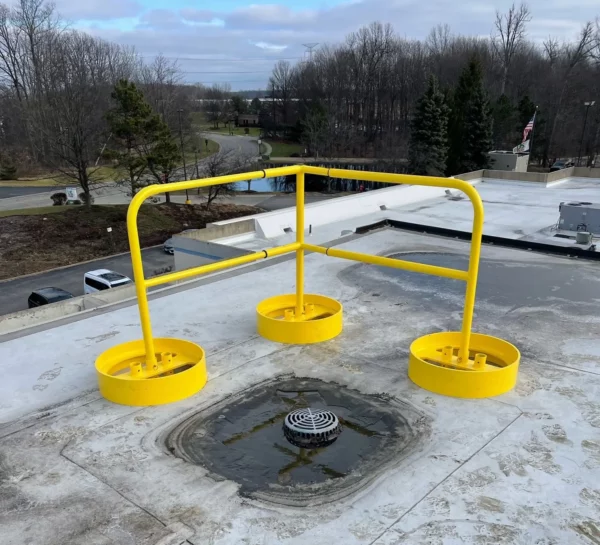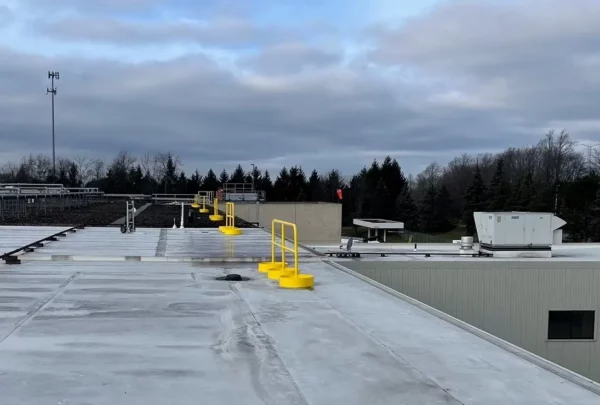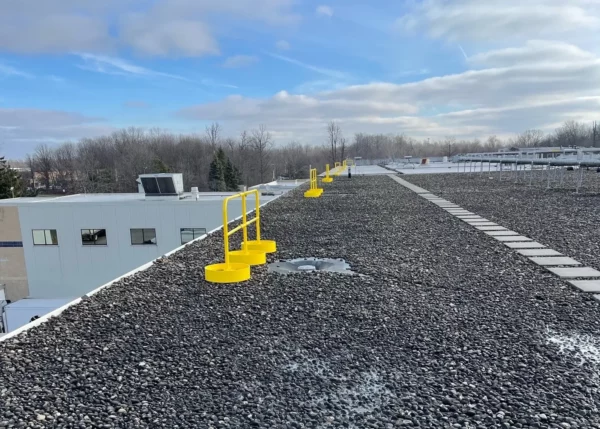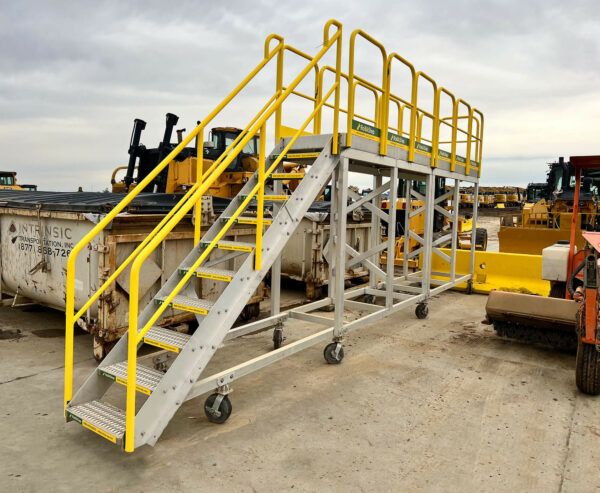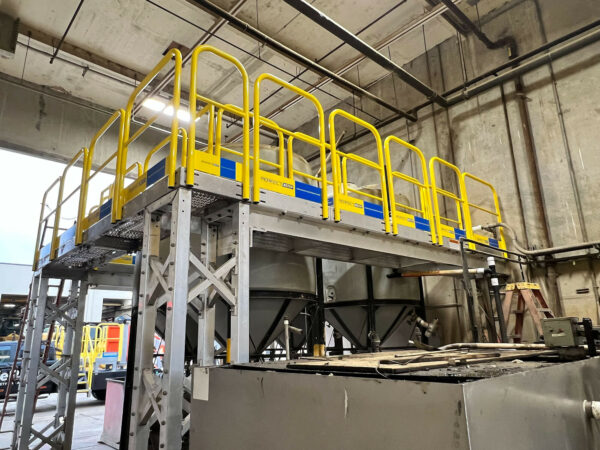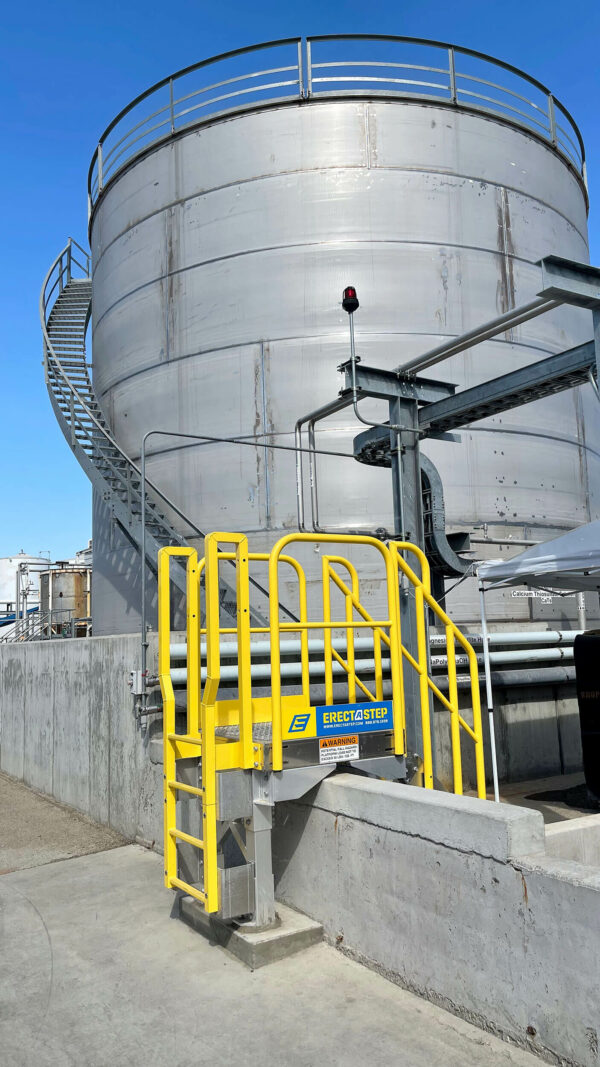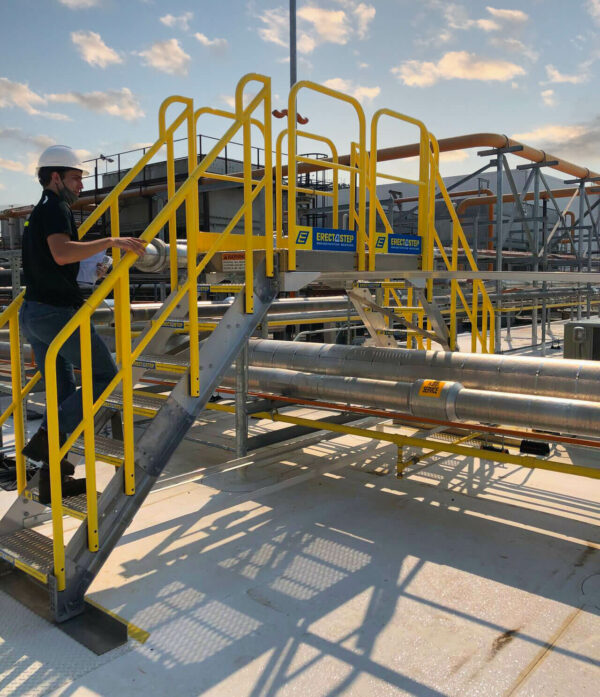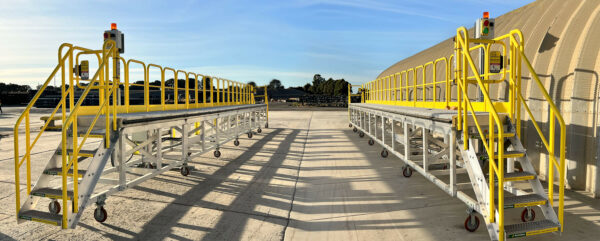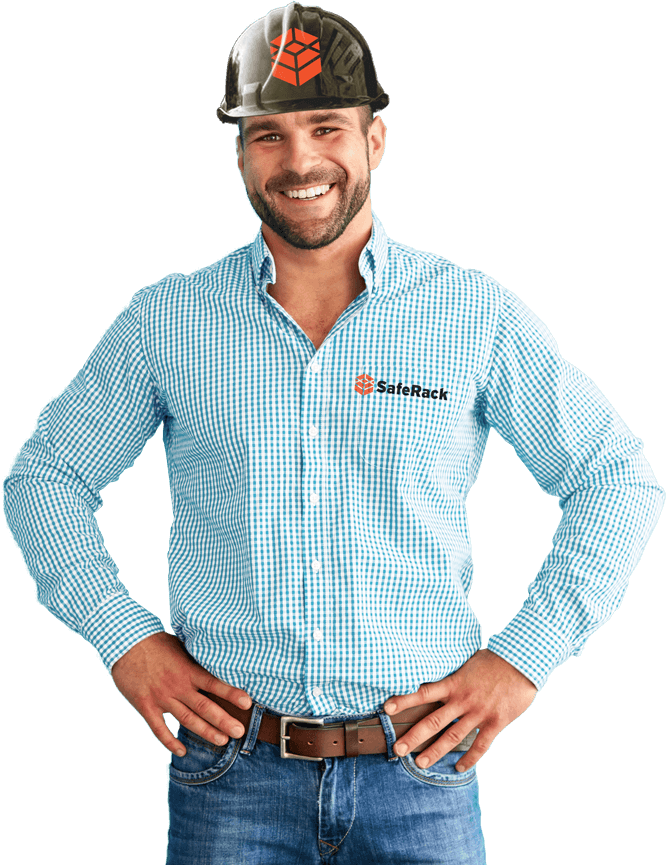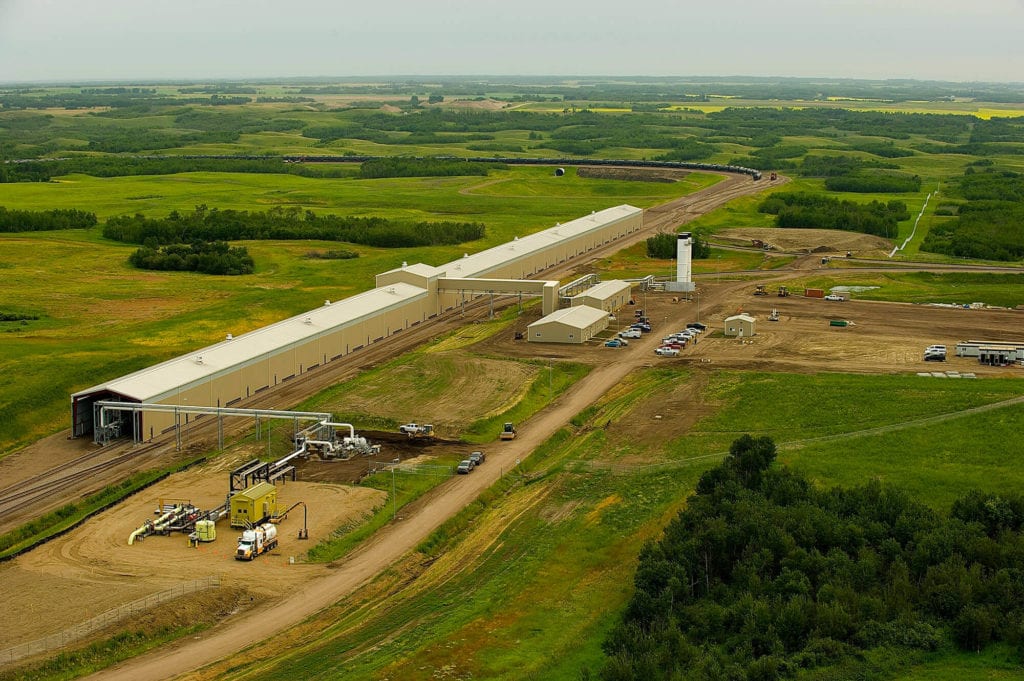Get a quote, configure a custom safety solution or ask a question. We're here to help!
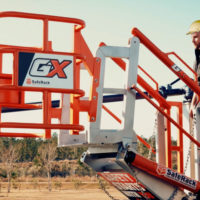
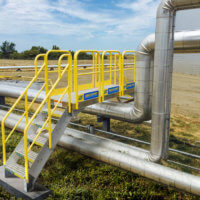
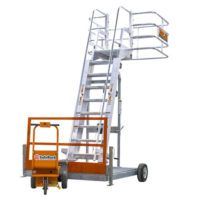
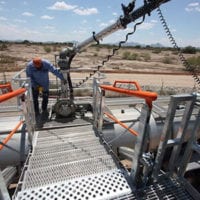
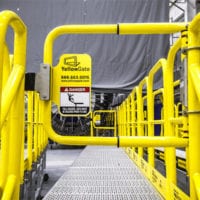
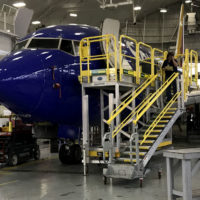
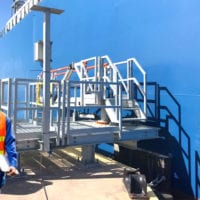

- Spill ContainmentMore …Loading Safety CagesMore …
SafeRack Worldwide
We pride ourselves on one-on-one customer service. When you call SafeRack, we'll be there to answer your questions with a combined experience of 400+ years.
Select your region below.- View Products
- Railcar & Truck Loading Platforms
- Gangways & Loading Ramps
- Stairs, Platforms & Ladders
- Mobile Ladders & Platforms
- Loading Arms & Fluid Transfer
- Safety Gates & Traffic Control
- Aviation & Aerospace Access
- Marine Access & Loading
- Grounding & Monitoring
- Spill Containment
- Loading Safety Cages
- Transloaders & Skids
- Shelters & Canopies
- Fall Protection
- Terminal & Speciality
Home / Industries / Bulk Chemical Loading / Sulfur DioxideSulfur Dioxide (SO2) Handling Design, Loading, and Installation.
Although no two Sulfur Dioxide Loading solutions will be identical, the product itself determines much of the critical design criteria that will ensure that optimum safety and productivity can work together in harmony.
What is Sulfur dioxide? sulfur dioxide is the chemical compound with the formula SO2. It is a toxic gas responsible for the smell of burnt matches. It is released naturally by volcanic activity and is produced as a by-product of copper extraction and the burning of fossil fuels contaminated with sulfur compounds. Sulfur dioxide has a pungent smell like nitric acid. Sulfur dioxide is also referred to as Sulfurous anhydride, sulfurous oxide, or refrigerant gas. In the United States, Sulfur Dioxide is a “tight-fill” (closed-loop) loading operation and is loaded into rail cars via 3” chemical hoses or 316 stainless steel loading arms.
Sulfur Dioxide, if not handled properly can cause serious injuries and Personal Protective Equipment (PPE) is required. Additionally, because operators are on top of the vehicles during the loading process, fall prevention is essential, not only for safety but increases throughput.
















Question, Get a Quote, Live Demo or Request an On-Site Visit
Our experts simplify the complex
View Full TextSulfur Dioxide is typically shipped in DOT-106A non-insulated tank cars with safety valves that meet the DOT specification for the transportation of Sulfur Dioxide and other like commodities.
Trailers are top unloaded. An extension pipe with two valves is flanged to the top of the trailer. One valve is located at the top, and the other is at the end of the pipe on the bottom for easy access. Trailers should arrive on-site with blind flanges.
All trailers must be equipped with pressure relief valves; and trailers with bottom outlets must. Tank truck (un)loading procedures are similar to railcar applications with the trailers meeting established DOT requirements for hauling sulfur dioxide or similar commodities. Approved DOT trailers include MC 300 thru MC 312 , MC 330 and MC 331 be equipped with remote controlled stop valves.
Your Project
Typically, as a starting point, we will need to know answers to these questions for your project
- The Railcar connection locations need flexibility – Do you know what the breadbasket connections look like?
- Are you using liquid and vapor arms/hose as two separate devices or a piggyback arm?
- Is the loading station indoors or outdoors?
- Is the loading area temperature controlled?
- How are you going to spot your railcars
Our highly trained technical sales team will undertake a detailed site survey prior to undertaking any work to check and clarify all dimensions, obstructions, access issues and other salient points. Our challenge is to provide the safest working environment – protecting operators and the equipment – while simultaneously enabling you to improve throughput and productivity.
Your Project Needs
Whether you are looking for a turn-key installation, on-site supervision or a maintenance program, SafeRack is positioned to assist you. We can do as little or as much as you need. Our project management and supervision team is the best in the business at supporting your company’s needs.
- Collaborative Design – Our loading platform specialists will work with you one on one, if you design to design the best loading solution for your specific needs
- Contract review – drawings and associated documents relating to the contract prior to site arrival
- Risk Assessment – Undertaking a site risk assessment
- Shipment Inspection – Detection of any shipping damage or abnormalities
- Material Receiving – Supervised off-loading and transport at site
- Installation Management – Supervised Installations and Coordination
- Start-up & Commissioning – On-site training for both users and maintenance personnel
Loading Arms
Generally speaking, SafeRack recommends rigid pipe loading arms where possible for the following reasons:
- Balanced throughout their movement envelope
- Designed not to hit the ground – protecting the asset and the operator
- Ergonomic – one-man operation
- Fitted with manual or actuated valves.
- Fitted with optional purge/vent facilities
- Can be moved into position with ease and left hanging in the air while the operator prepares the tanker connection
- Parked neatly
Hoses require:
- Annual pressure test
- Are difficult to stow neatly when not in use
- Can be dropped
- Can be driven over
- Are very heavy to use if fitted with a valve at the tanker connection point
- Cannot be easily heated or have vent/purge valves fitted to it
- Prone to catastrophic failure
Typical Sulfur Dioxide Loading Platform
Quote or discuss your installation.
Start by selecting loading application"*" indicates required fields
Below are some of the loading and unloading solutions for illustrative purposes only. Our experts will work with you and your team for a custom solution to suit your needs.
Sulfur Dioxide Loading Arms

Sulfur Dioxide is typically loaded into railcars or tank trucks via boom supported 316 stainless steel loading arms or chemical hoses with a flange connection. The arm or hose will have a top inlet with a control valve to ensure that it is self-draining after use and is supported along the length of a mechanical loading arm to improve handling; this is known as a by-pass arm. You can install one liquid and one vapor arm, or mount both the liquid and vapor hoses on one by-pass arm. For unloading, typically you would use a rigid stainless steel self-draining loading arm with EPDM, Nitrile (TS), Teflon or Viton seals. Purge lines can be fitted to the arm, for nitrogen purging. Additional features such as parking latches with proximity sensors can be incorporated into the total system to ensure the arm is correctly stowed when not in use, before any rail movement can occur. Note: unloading hoses must be pressure tested annually to ensure their integrity and this is one of the contributory reasons for choosing rigid loading arms, which can be more cost-effective over the longer-term.
Sulfur Dioxide Gangways and Safety Cages



A wider access gangway (48″-60″ is preferable) as it helps improve access and egress to and from the vessel. In addition, a wider gangway will reduce the risk of the operator’s PPE getting caught, torn or damaged, and will improve productivity and safety. Powered gangway solutions are also an option, with both hydraulic and pneumatic solutions being commonly used. Each gangway will be fitted with a two-rail safety cage for the railcar crash box. This will be a centered 6’x6’ safety cage to sit directly over the cashbox. This will provide a safe, secure work environment for your operator when connected to their breathing apparatus.
GX SELF-ADJUSTING STAIR (SAS) GANGWAY
SafeRack’s NEW GX SAS gangways use Retractalok power-assist technology allowing operators to raise or lower effortlessly, light as a feather to lift, solid as a rock. Tested in the most critical applications, this revolutionary new gangway outperforms all others. Available in multiple lengths and widths. Learn More
GX FLAT RAMP ACCESS (FRT) GANGWAY
SafeRack’s NEW GX-FRT is a flat ramp model popular with railcars. It features a slip-resistant walk surface and, with the use of the telescoping extension, eliminates gaps on narrow railcars. Learn More
Sulfur Dioxide Eye Wash/Drench Showers

ANSI guidelines state that an Eye Wash/Drench Showers need to be located 10 seconds or 55’ (16.8m) from contaminants or hazardous materials. Eyewash stations need to be on the same horizontal plane with no obstructions.
Therefore, we would propose the installation of a standard combination Drench Shower/Eyewash Unit, which will save limited space and fit easily into any work environment.
Sulfur Dioxide Spill Containment

Spill containment pans will be provided at the point of loading operations and is an essential piece of equipment in overall site safety and environmental protection. SafeRack recommends a minimum 20’ long galvanized, polyethylene or composite track pan to mitigate spills. Sulfur Dioxide Grounding

Sulfur dioxide is highly flammable, and industry best practice includes the grounding of all vessels before starting the (un)loading process. - Vehicle grounding and bonding — ensure true grounding before product flow is permitted
- Explosion-proof enclosures — meet or exceed UL, CSA and Ex requirements
Sulfur Dioxide Safety Gates

Safety Gates will be installed at the top of stairs and any other openings to ensure operator safety at all times.  YellowGate Safety Gates
YellowGate Safety GatesSafeRack’s line of industrial safety gates is the most flexible product on the market with the ability span openings between 16” and 36” and is field adjustable with nothing more than a wrench. Learn More
Sulfur Dioxide Options

- Lighting – Lighting both over and under the platform will be provided. For overcast days or second shift, lighting is essential for improved safety and improved productivity.
- Platform & Canopies – Full platform canopies reduce exposure to the elements and improve the safe and productive loading operation from the operator’s perspective.
- Operator Shelter – Depending on your site requirements, consideration should be given to the requirement of an operator or guard building on the loading platform. This can be customized to meet specific site requirements
- Wheel Chocks – Railcar Wheel Chocks provide fast blocking of all types of railcars and meet OSHA regulations to safely prevent railroad cars from moving during loading or unloading operations. This is a requirement by the Department of Homeland Security
Personal Protective Equipment PPE Requirements
Eye/Face Protection: Wear chemical safety goggles. A face shield (with safety goggles) may also be necessary.
Skin Protection: Wear chemical protective clothing e.g. gloves, aprons, boots. Coveralls or long sleeve shirts and pants in some operations. Wear a chemical protective, full-body encapsulating suit, and self-contained breathing apparatus (SCBA). Suitable materials include: butyl rubber, neoprene rubber, Viton®, Viton®/butyl rubber, Barrier® – PE/PA/PE, Silver Shield® – PE/EVAL/PE, Trellchem® HPS, Trellchem® VPS, Saranex®™, Tychem® BR/LV, Tychem® Responder® CSM, Tychem® TK. The following materials should NOT be used: natural rubber, polyvinyl chloride. Recommendations are NOT valid for very thin neoprene rubber gloves (0.3 mm or less).
Respiratory Protection: Up to 5 ppm:
(APF = 10) Any chemical cartridge respirator with cartridge(s) providing protection against Benzene*; or Any supplied-air respirator*.
*Reported to cause eye irritation or damage; may require eye protection.
APF = Assigned Protection Factor
Recommendations apply only to National Institute for Occupational Safety and Health (NIOSH) approved respirators. Refer to the NIOSH pocket guide to chemical hazards for more information.
* For illustrative purposes only. Our experts will work with you and your team for a custom solution to suit your needs Customer Reviews
 5 5Extremely Satisfied
5 5Extremely SatisfiedVery responsive to our requirements for our projects – product knowledge, pricing, and delivery.
By Jim Kick from Century Contractors on 5/17/21 5 5John was good about answering all of my questions.
5 5John was good about answering all of my questions.John was good to work with and was good about getting back to any of my questions as he kept us informed and shared drawings and information.
By Larry Ficken from Foster Farms on 8/8/12 5 5Metal safety cage
5 5Metal safety cageGood quality products!
By Pat Parker from EnviroSafe Loading SystemsInc on 5/7/21 5 5Our product was delivered in a timely fashion and met our needs.
5 5Our product was delivered in a timely fashion and met our needs.We needed a handrail for our metal platform and SafeRack delivered again. I would recommend it to others as I believe it is a respectable product. It looks very nice and easy to install.
By Ricky Lloyd from Gulf Coast Pipeline Services on 2/6/205 5Our coupler is durable and delivered on time.Our coupler is durable and delivered on time and Phyllis Sikes is always a pleasure to work with.
By Chris Sholten from Associated Northwest on 9/6/12 5 5SafeRack came to my plant and found me a solution for my obsolete parts!
5 5SafeRack came to my plant and found me a solution for my obsolete parts!Taelor Pryor is really great to work with. She is always helpful and she follows up with me after I receive my order. SafeRack has fair prices and shipping is always on time.
By Ernie Wininger from Grain Processing Corporation on 7/19/19MAJOR SULFUR DIOXIDE PRODUCERS WHERE WE HAVE SUCCESSFULLY EXECUTED
SULFUR DIOXIDE LOADING PROJECTS
SULFUR DIOXIDE 101
Things to know about Sulfur Dioxide
Sulfur Dioxide is regulated by the U.S. Department of Transportation (DOT) and is classified as a corrosive and flammable gas with the DOT identification number UN 1079.
Do not breathe gas or vapors. Use only in well ventilated areas with proper respiratory protection. Do not get liquid or vapor in eyes, skin or clothing. Safety showers and eyewash stations should be immediately available.
Best practice loading/unloading includes wearing chemical-resistant clothing, gloves, splash goggles, and respirator at all times to protect eyes, lungs, and skin.
In the event of a leak or spill, evacuate all personnel to a safe area. Remove all sources of ignition. Toxic, corrosive vapor can spread from spill.
Sulfur dioxide is a corrosive gas; the vapors are heavier than air and may accumulate in confined spaces, particularly at or below grade. In the event of a spill or leak, exit the area immediately. Eliminate heat and ignition sources such as sparks, open flames, hot surfaces and static discharge. Post “No Smoking” signs.
Only properly trained and equipped personnel should be permitted to unload tank trucks or handle cylinders. Operators should wear an approved respiratory protective device, and impervious clothing, footwear, gloves, and goggles.
OSHA Permissible Exposure Limits (PEL) @ 2 ppm in an 8 hour day. At concentrations above 50 ppm are considered dangerous, and above 100ppm are considered life-threatening. Exposure to high concentrations may result in pulmonary edema and paralysis.
Sulfur dioxide is not compatible with carbon steel or 304 stainless steel so great care should be taken to avoid contact with these materials. However, aluminum, galvanized and 326 stainless steel have minimal effects (minor corrosion or discoloration) when exposed to Sulfur dioxide.

Is your plant or facility compliant with ANSI, OSHA, and local safety codes? We can help!


EMERGENCY EYEWASHES / SHOWER EQUIPMENT AND THE ANSI/ISEA Z358.1 – 2014 STANDARD
Following eye contact, you must start washing with water immediately to prevent permanent damage. In the event of skin contact, you must start washing with water immediately to prevent slow-healing chemical burns.
Are you aware that ANSI guidelines state that Eye Wash/Drench Showers need to be located 10 seconds or 55′ from contaminates or hazardous materials and located on the same horizontal plane, with no obstructions? If bottom loading/unloading, an additional shower should be located at grade as well. SafeRack provides the above equipment plus much more needed to keep employees safe and expedite bulk chemical loading and unloading.
OSHA Regulation Experts – Does your existing chemical safety equipment or chemical loading systems meet OSHA’s latest requirements? SafeRack’s professional technical sales consultants are available to meet with your team to make recommendations to keep your facility in front of OSHA’s ever-changing country and region-specific standards and regulations, including lifeline and trolley beam fall arrest systems, metal stairs, and access platforms.
Why SafeRack?
The SafeRack approach is a collaborative one. Let’s call it The SafeRack Way. We have, over many years amassed a great deal of experience and understanding of the safety aspects involved in loading road tankers and railcars, as well as the behavioral habits of the operators.

Experts In Chemical Loading
- Acetic Acid
- Acetic Anhydride
- Acetonitrile
- Acrolein
- Acrylic Acid
- Acrylonitrile
- Aluminum Chloride
- Aluminum Sulfate
- Ammonia
- Ammonium Hydroxide
- Ammonium Nitrate
- Aniline
- Benzene
- Benzyl Chloride
- Bromotrifluoromethane
- Butadiene
- Carbon Dioxide
- Caustic
- Chlorine
- Chloroform
- Chlorosulfonic Acid
- DEF (Diesel Exhaust Fluid)
- Diethylene Glycol
- Dimethylformamide
- Dodecylbenzene Sulfonic Acid
- Ethanol
- Ethyl Acetate
- Ethyl Chloride
- Ethylene
- Ethylene Dichloride
- Ethylene Glycol
- Ethylene Oxide
- Ferric Chloride
- Ferrous Chloride
- Hexane
- Hydrochloric Acid
- Hydrofluoric Acid
- Hydrofluorosilicic Acid
- Hydrogen Cyanide
- Hydrogen Peroxide
- Hydrofluoric Acid
- Hypochlorous Acid
- Isopropyl Acetate
- Liquid Argon
- Liquid Nitrogen
- Liquid Oxygen
- Maleic Anhydride
- MDI
- Methanol
- Methyl Chloride
- Methyl Ethyl Ketone
- Methyl Methacrylate
- Methyl Isocyanate
- Molten Sulphur
- Nitric Acid
- Oleum
- Phenol
- Phosphoric Acid
- Phosphorus Oxychloride
- Phosphorus Trichloride
- Polypropylene
- Renewable Diesel
- Sodium Cyanide
- Sodium Hydroxide
- Sodium Hypochlorite
- Styrene Monomer
- Sulfuric Acid
- Sulfur Dioxide
- Titanium Tetrachloride
- Toluene
- Toluene Diisocyanate
- Turpenitne
- UAN (Urea Ammonium Nitrate)
- UREA
- Vinyl Acetate
- Vinyl Chloride
- Xylene
- Zinc Chloride
- Agro-Chemical
- Specialty Chemical
- Petrochemical

North America’s largest loading terminal
World-leading designer, manufacturer, and installer of truck and railcar loading platforms
As one of the primary railcar loading points, Hardisty is one of the major crude oil hubs in North America and a major origination point of pipelines that export to the United States. SCS was asked to supply and construct a SafeRack crude oil loadout terminal spanning nearly half a mile. The USD Hardisty terminal can load up to two 120-railcar unit trains per day and consists of a fixed loading rack with 62 railcar loading positions enclosed, separate control, operator, and mechanical buildings, as well as a unit train staging area and loop tracks capable of holding multiple unit trains simultaneously. SCS also supplied and installed boom-supported loading arms with supply and vapor management systems.

Quick Quote 866-761-7225
LET US DESIGN YOUR SOLUTION TODAY
Our innovative tools provide 3D visualizations and accurate quotes in minutes.
Get Help NowOrder Now 866-761-7225
Questions or Need a Quote?
Chat live with a knowledgeable and friendly safety expert now.

Bob Kashtan
Located in South Carolina

Joey Robinson
Located in South Carolina

Caelin Lacy
Located in South Carolina

Katie Kelly
Located in South Carolina

Amber Graham
Located in South Carolina



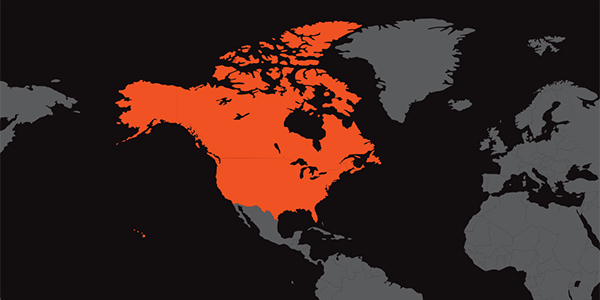









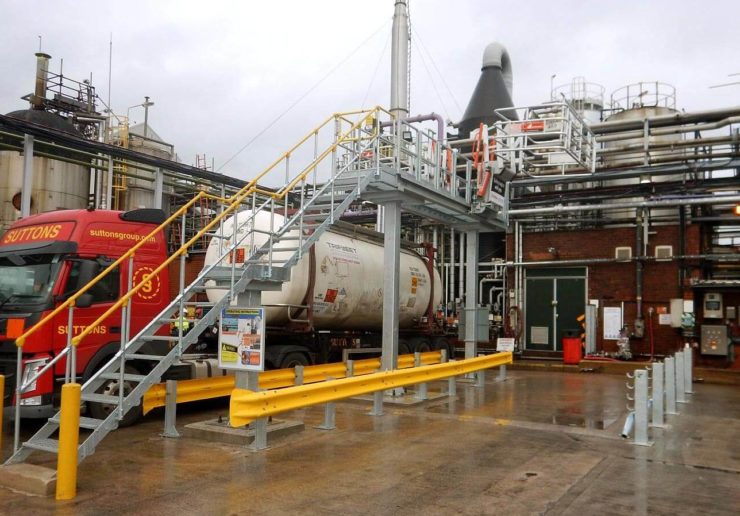
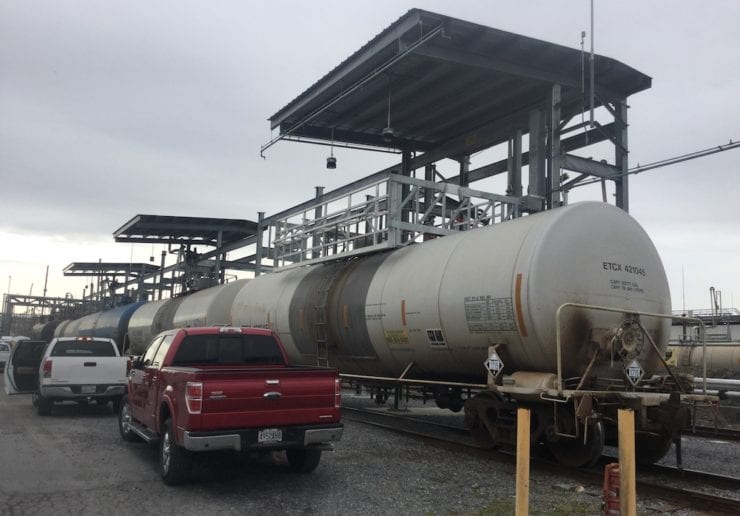
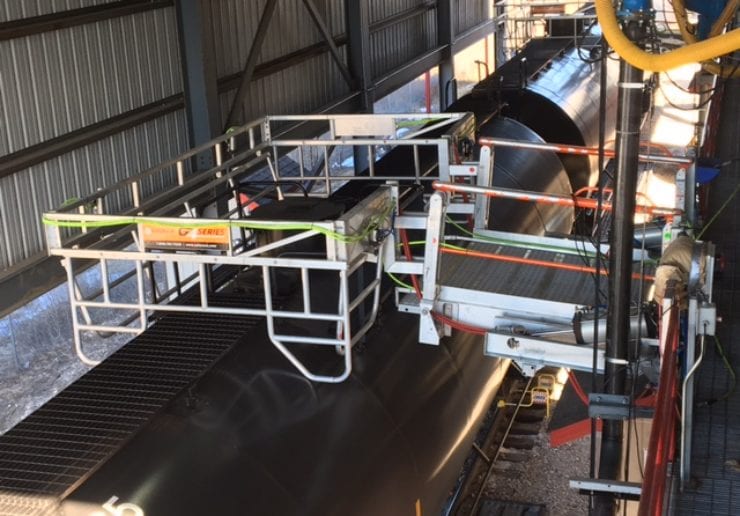
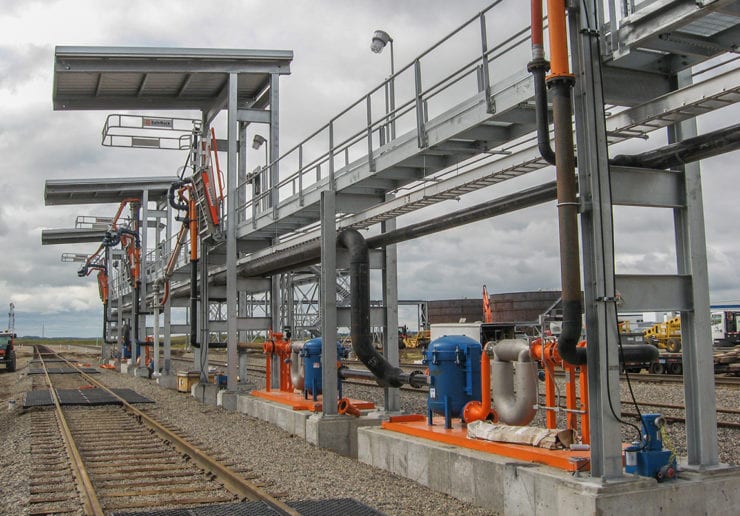
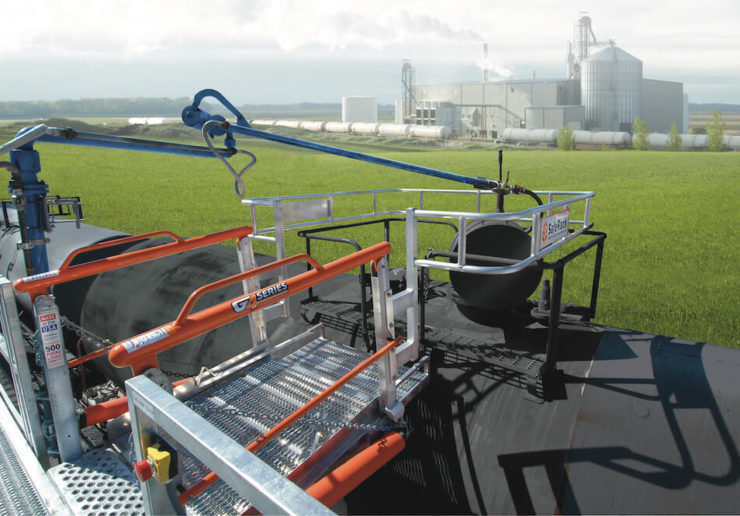
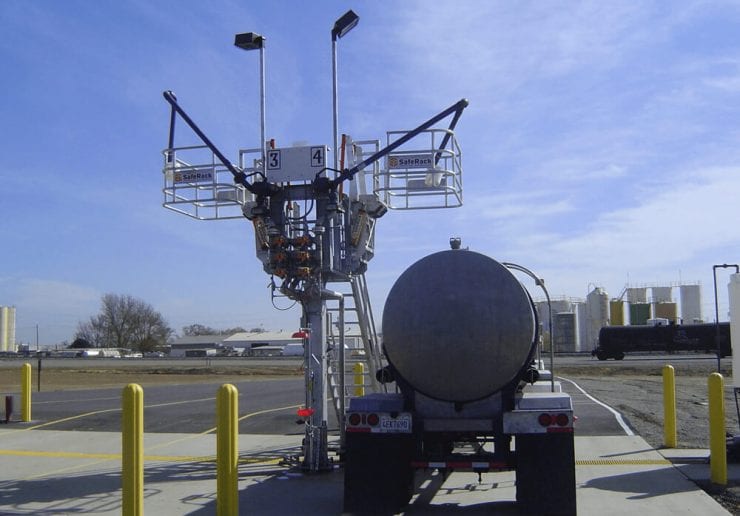
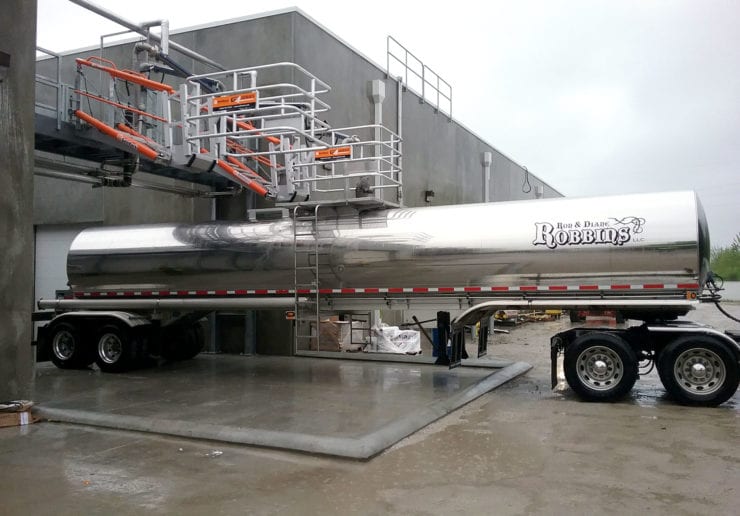
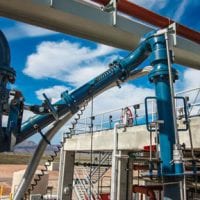
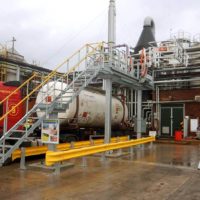
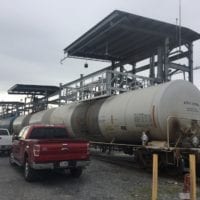
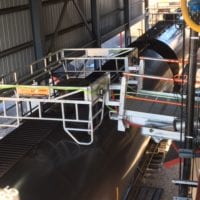
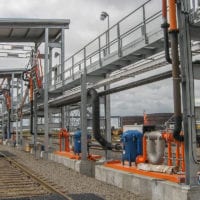
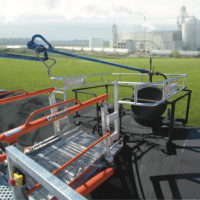
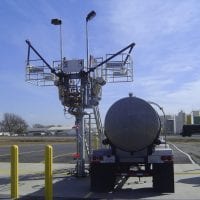
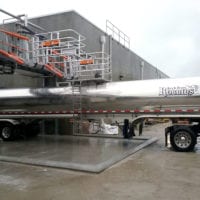


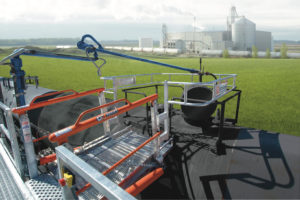
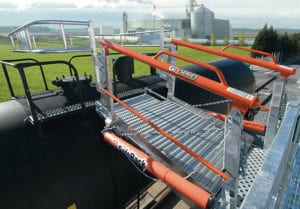
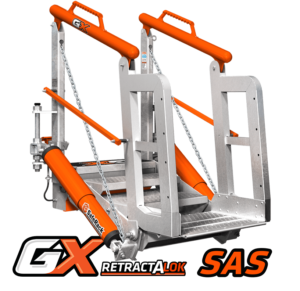
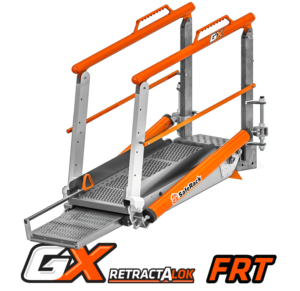
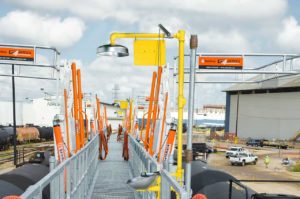

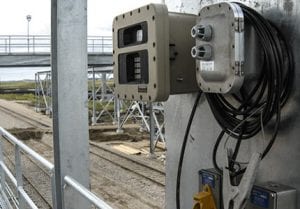
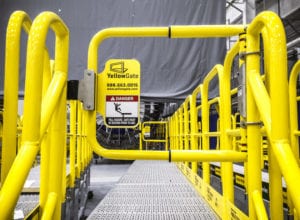
 YellowGate Safety Gates
YellowGate Safety Gates






